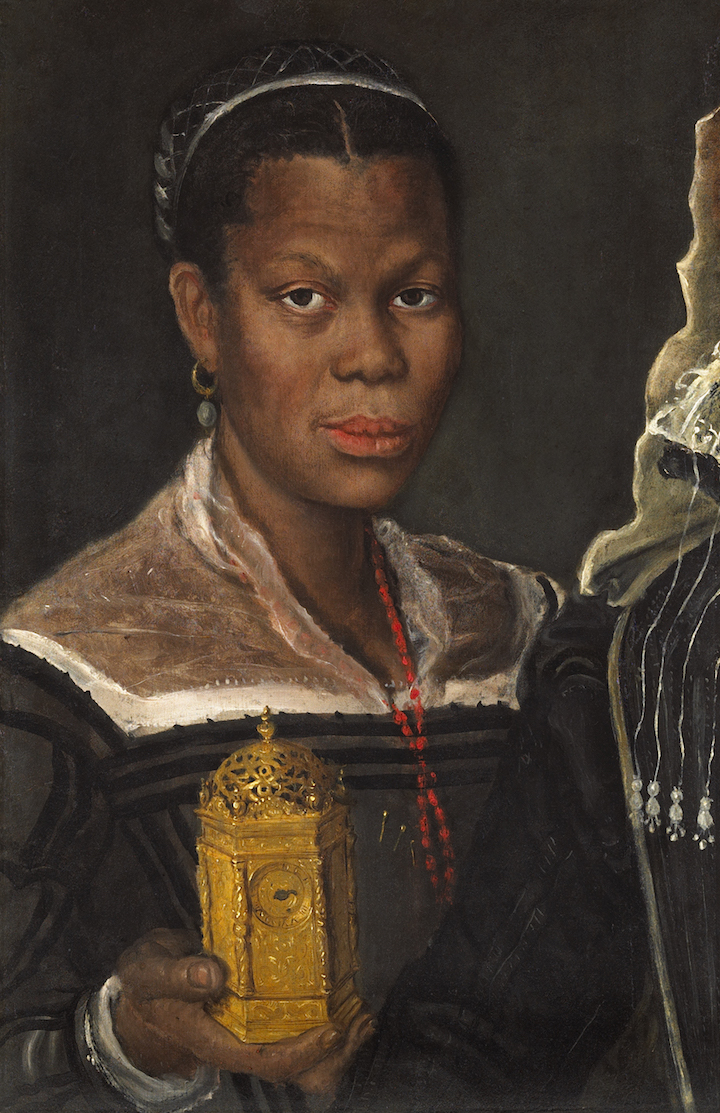New highlights every day from TEFAF Maastricht
Portrait of an African woman holding a clock
(c. 1585), Annibale Carracci
This unusual 16th-century portrait of a finely dressed black woman is an arresting and intriguing image. It also comes with an impressive provenance. Who the subject is or what the painting represents is unclear, not least because the image has been cut to the right. This woman – a slave? – gazes out of the canvas, incongruously bearing a costly gilded and engraved bronze table clock. One of the hands of the clock is broken – is this time stopped, a memento mori relating to the transience of life? What is irrefutable is the characteristic boldness of Carracci’s handling of paint with brush and palette knife. Evidently a painter’s painting, the portrait passed from the artist’s studio to Carlo Maratta and then on to his pupil Andrea Procaccini, who was in charge of decorating Philip V’s new palace, San Ildefonso, in Segovia. An inventory made on Philip V’s death mentioned it as hanging in the Queen’s antechamber. In 1812, after the Duke of Wellington’s stay during the Peninsular War, the portrait was part of the cache of paintings presented to the duke by the Intendant of Segovia, who described them as ‘the twelve best and most artistic pictures which I have been able to find’.
Portrait of an African woman holding a clock (c. 1585), Annibale Carracci. Tomasso Brothers, around £1m




